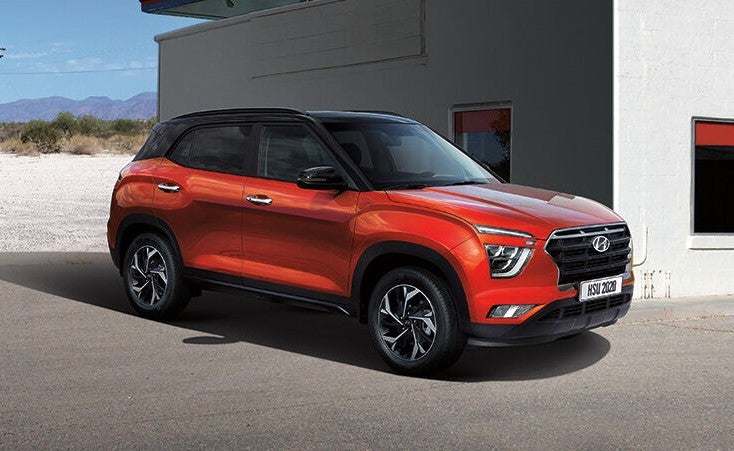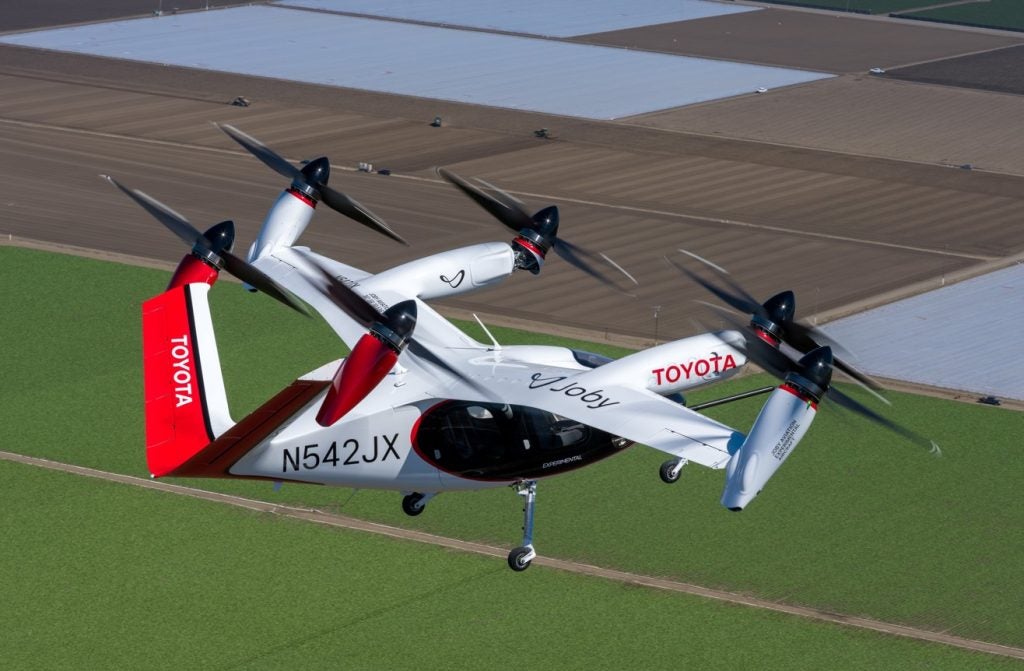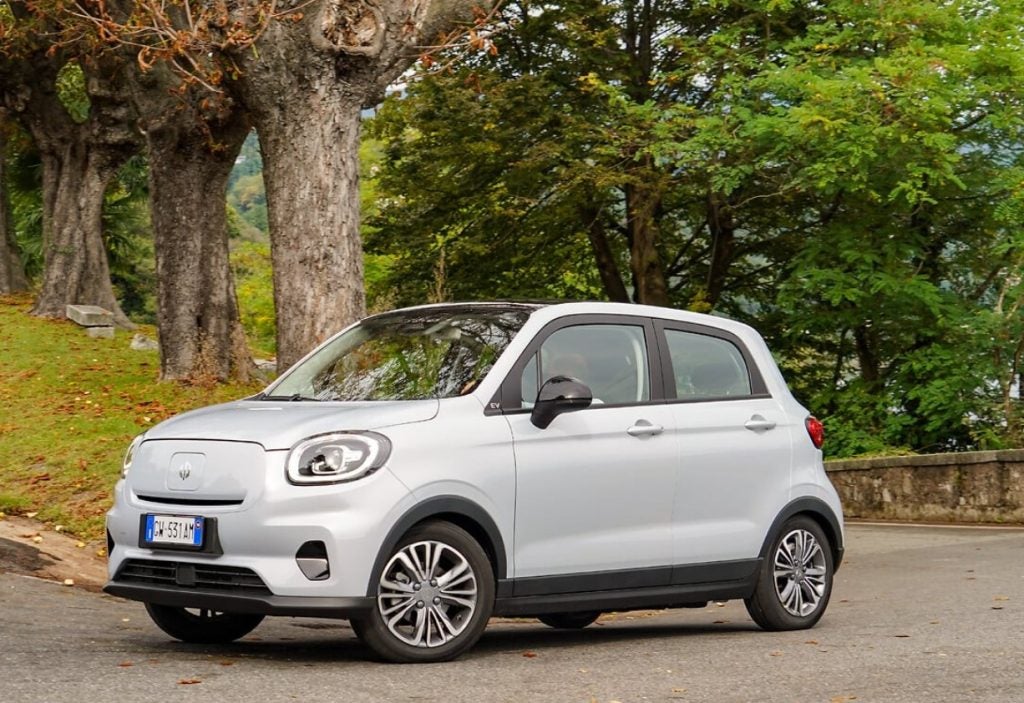As expected, DaimlerChrysler has today posted healthy looking Q2 financial results. Net Income excluding one-time effects rose to $1.2 billion (Q2 2001: $0.5 billion) and Earnings per Share improved to $1.19 (Q2 2001: $0.52). Operating Profit excluding one-time effects increased to $1.9 billion (Q2 2001: $0.7 billion). DC has said it now expects 2002 adjusted operating profit to more than triple from last year’s 1.35 billion euros ($1.36 billion).
A turnaround in profitability at DC’s Chrysler unit was largely behind the Q2 improvement. Excluding one-time effects, Chrysler Group achieved an Operating Profit of $777 million in the second quarter of 2002, compared to a loss of $146 million in the second quarter of the previous year. DaimlerChrysler says the improvement is due to the effects of the ‘Turnaround Program’ (restructuring operations). Chrysler production volume was supported in the period by incentives-led sales in the US.
In the first half of 2002, Group Operating Profit rose from $-2.8 billion in H1 2001 to $4.7 billion, adjusted for one-time effects from $0.1 billion to $2.9 billion. Net Income increased from $-1.6 billion to $3.7 billion, adjusted for one-time effects from $0.2 billion to $1.7 billion. Earnings per Share rose to $3.70 (H1 2001: $-1.60), adjusted for one-time effects to $1.69 (H1 2001: $0.16).
Retail sales at the Chrysler Group increased by 1% to 771,100 vehicles in the second quarter. The increase was led mainly by improved US sales of minivans (+6%), the Dodge Ram pickup (+19%), the Chrysler PT Cruiser (+23%) and the Jeep Liberty, which set a second quarter sales record of 38,800 vehicles. Market share in the United States through June rose to 13.5% from 13.0% for total year 2001.
Unit Sales (factory shipments) by Chrysler Group in the second quarter decreased slightly to 816,000 vehicles. Incoming orders remained strong. US dealer inventories of 505,700 units at the end of June were at targeted levels (June 30, 2001: 507,700). Due to lower Unit Sales and particularly due to the appreciation of the euro against the US dollar, second quarter Revenues declined by 10% (or -5% on a dollar basis) to $16.2 billion.
How well do you really know your competitors?
Access the most comprehensive Company Profiles on the market, powered by GlobalData. Save hours of research. Gain competitive edge.

Thank you!
Your download email will arrive shortly
Not ready to buy yet? Download a free sample
We are confident about the unique quality of our Company Profiles. However, we want you to make the most beneficial decision for your business, so we offer a free sample that you can download by submitting the below form
By GlobalDataDC’s ‘Mercedes-Benz Passenger Cars & smart’ unit put in another solid quarter. Sales were around the same level as the peak achieved in the second quarter of last year. Revenues rose by 5% to $12.9 billion, and Operating Profit excluding one-time effects increased by 2% to $833 million. Mercedes-Benz sales are being lifted by the impact of the new E-class, which is yet to impact the US market.
DC reported positive Q2 sales developments for the SL roadster (8,900 units, +205%) and the M-Class (30,100 units, +6%). In addition, C-Class sales rose (106,500 units, +5%), reflecting the addition of the station wagon and sport coupe variants. At smart, second quarter sales were slightly higher than the same period last year (34,000 units; +1%).
A deteriorating performance was recorded in the Commercial Vehicles Division. Sales increased by 1% to 129,100 vehicles and revenues also rose by 1% to $7.3 billion. However, Operating Profit declined to $32 million. DC said that was a result of weak market conditions in Western Europe and South America.






